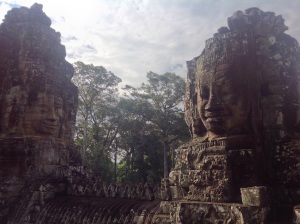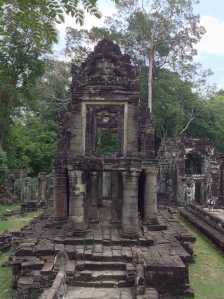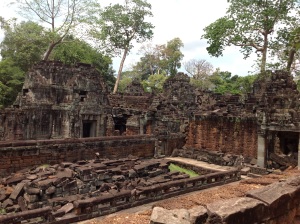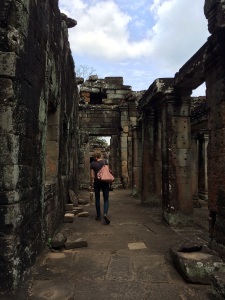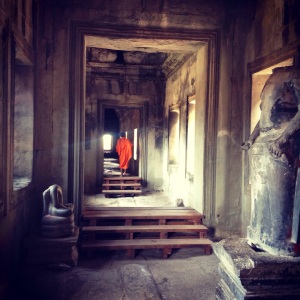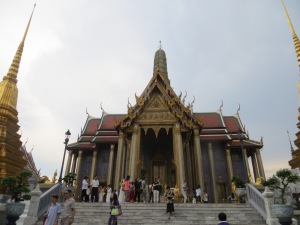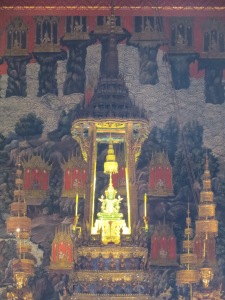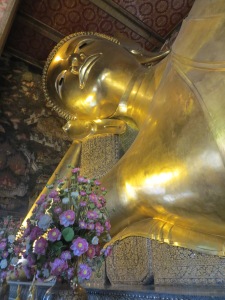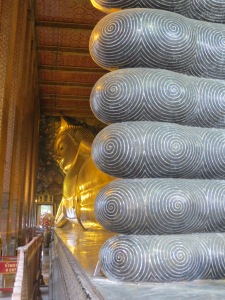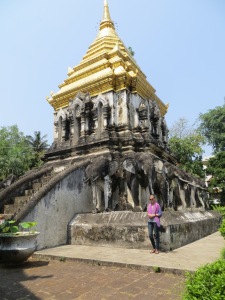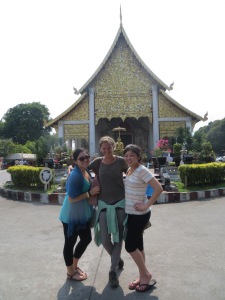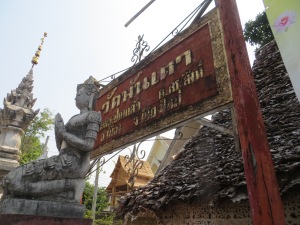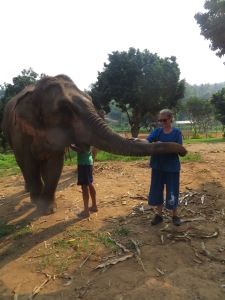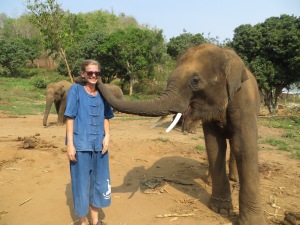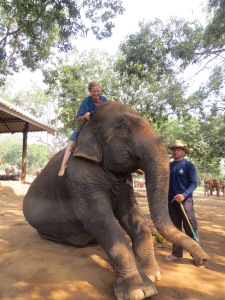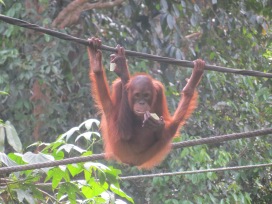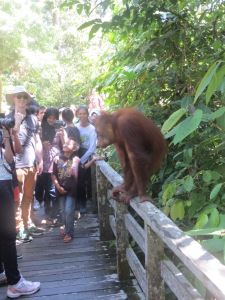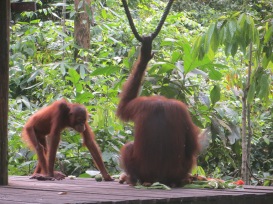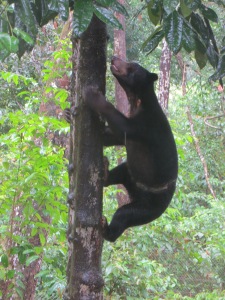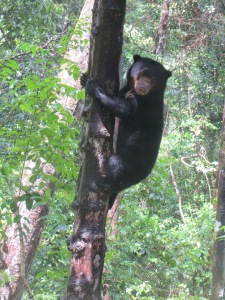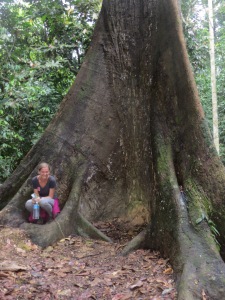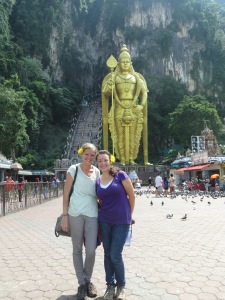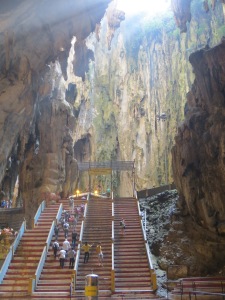For many backpackers traveling through Southeast Asia, Cambodia is the country they most look forward to. It may be small in size, but it is rich in culture and history, and home to one of the Seven Wonders of the World, Angkor Wat. It is hard to say which country was my favorite part of my Southeast Asia adventure, but unofficially, Cambodia was the country that got me excited to visit.
Traveling from Bangkok, Thailand to Siem Reap, Cambodia can be not only a little stressful, but also expensive if you don’t know how. Many travelers pay a tour company anywhere from an equivalent of $75 to $100 to be bussed from Bangkok to Siem Reap in an air-conditioned, comfortable bus. Tourist trap is all I have to say. While it takes more time and you have to switch transportation methods a few times, if you make accommodations yourself you can get to Siem Riep just an hour or two after those tour buses drop off their clientele and for a fraction of the price and you get to experience local transportation.
The first step is the train from Bangkok to Aranyaprathet, the major city just off the border. You travel by passenger train, where seats are first come, first serve and there is no food or air conditioning, but for $1.50 you can’t really complain. There are two trains, the morning and afternoon. Check local listings for exact time and changes. While I did not take the later, I would recommend taking the early morning train. Given the condition the train is and the potential for break downs and delays, there is a good chance you could miss the border and be forced to stay overnight because the borders are closed until the next morning. A tuktuk will transport you from the “train station” –or more like, a small patch of sidewalk– to the border for just $1, and after waiting in line and confirming you have your passport visa correct and valid, you walk across the border of Thailand and through a small stretch of ‘No Mans Land’ before entering Cambodia. If you’re lucky, there might be a local bus that will transport you to Siem Reap, but from other blogs and travel websites, that bus ‘conveniently’ leaves right before the train arrives. Because I prefer to be safe than sorry, my friends and I booked a private car through the hostel we were staying at to wait for us at the border and transport us there. The positives about this option, is regardless if the train is late arriving and there is a delay at the border, which is what we encountered, the car will still be there waiting for you. Especially if you are traveling with a few other people, this option ends up being very inexpensive. I believe all in all, in a group of four, each person paid $15. A fraction of the price.
Siem Reap is an absolutely amazing, relaxing town. Everyone is so eager to assist and talk, and it was one of the most welcome towns I visited during my trip. Angkor Wat is not within walking distance, unless you want to practice your marathon skills, but you can easily take a bike tuktuk to shuttle you not only two and from the site, but between each temple.
My one piece of advice is this: Angkor is made up of many different temples, and just like Chiang Mai, you can get templed out very fast. Put some research into the first one you want to see. It will be the one that leaves the largest impression on you; the one you will remember for the rest of your life. After a day or two, they meld together and it will lose the enchanting feel. Rather than being in awe by the beauty of each temple, you start to just check them off. We decided on Ta Prom, not just for its earthy appeal, but also because as a nerd myself, I was excited to see where part of Tomb Raider had been filmed.
Given the amount of time you decide to spend wandering around and how many days you allot to exploring Angkor, you can see two to three temples a morning before the humidity and heat gets too unbearable. A three day pass gives you enough time to solidly explore the places you want to see, experience both a sunrise and a sunset on the grounds, and spend the afternoons enjoying the small town of Siem Reap before moving on to your next destination.
I have and will always be a mainstream tourist, and while I knew that Angkor Wat is what everyone, including myself would come for, but I also believe the smaller temples deserved as much recognition. Besides Angkor Wat, if I was to choose three temples that are a must see, they would be as follows:
One more destination down, five more to go. Next stop, Phnom Penh.




